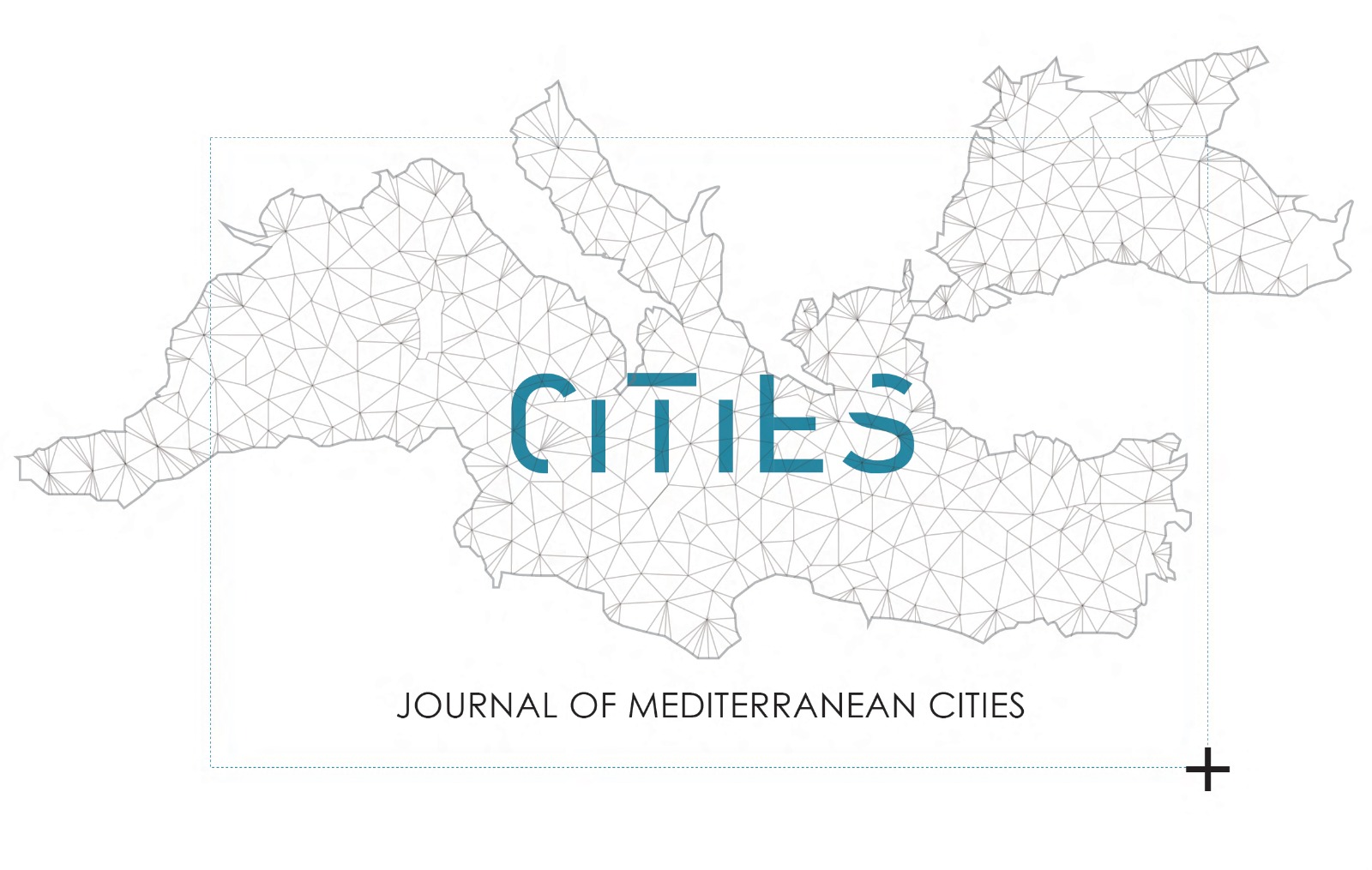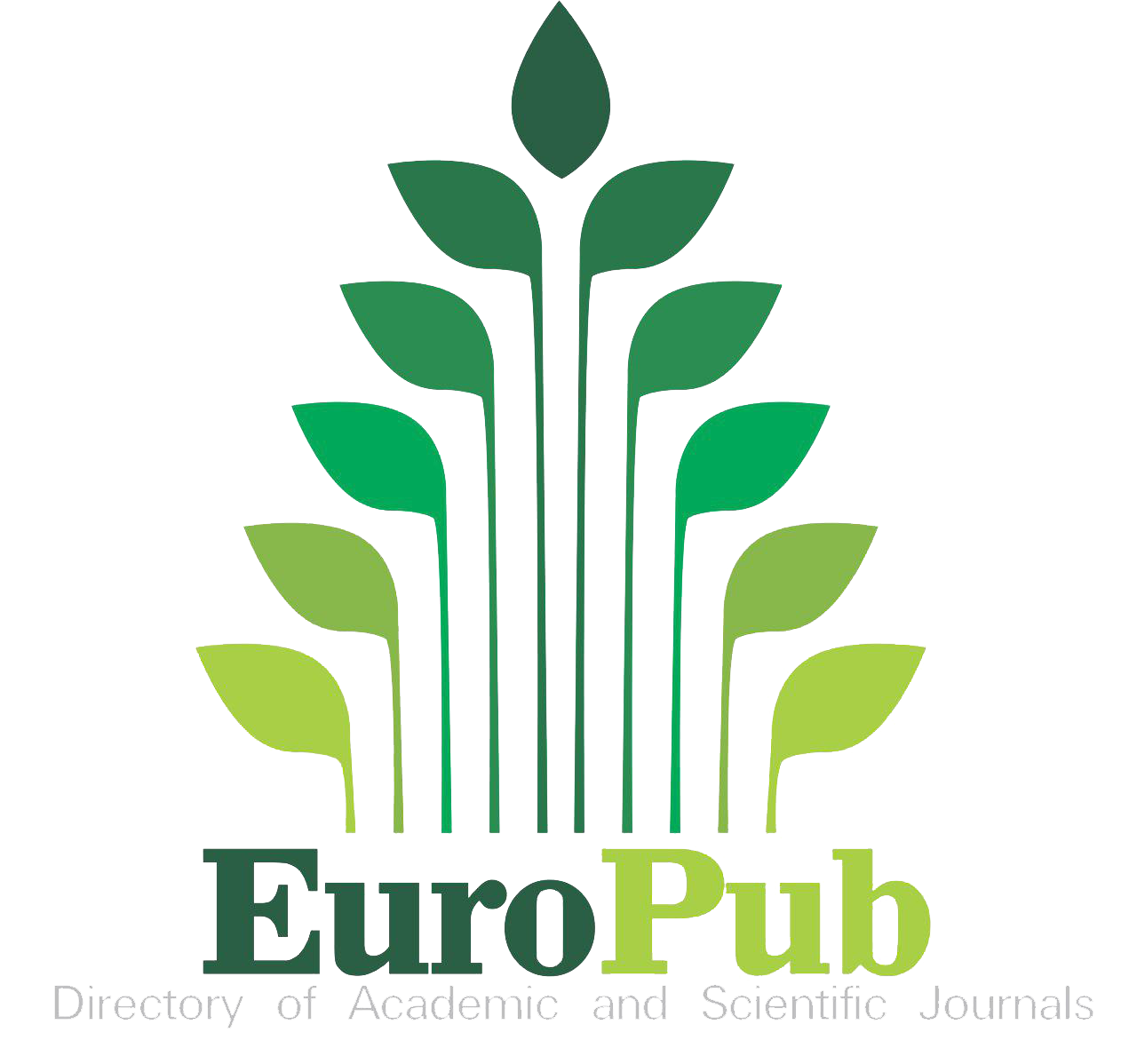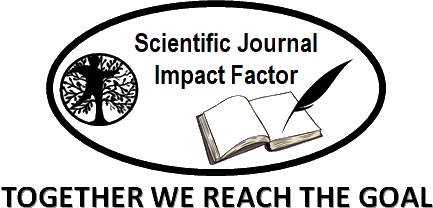Networks, Cycles and Urban Metabolism. Mapping Critical Environment: Giugliano in Campania (Naples) as a Case Study
DOI:
https://doi.org/10.38027/mediterranean-cities_vol3no1_7%20Keywords:
Urban Metabolism, Waste, Environment, Recycle, Urban and Social RegenerationAbstract
The waste areas in Giugliano intercept the continuity of infrastructure networks and the reticular dimension of ecological connections, returning a porous structure that crosses the urbanized areas. This condition inevitably overlaps the processes of land consumption still in progress. The process aimed to map this critical condition was based on the interaction of some analytical-specialist readings from different sources using multiple GIS tools. The process results are represented in a system of integrated maps that provide data relating to the crisis of five life cycles (ecosystems, production cycle, waste cycle, infrastructure and urban fabrics). These dynamics give us a heritage of socially, ecologically and economically disadvantaged landscapes with immense potential for adaptation, reuse and recycling projects. The research has revealed a distinctive geography of place, even at a larger scale, where materials and relationships constitute the structure of the territory. The contribution presented was intended to recount a process of knowledge and planning for an emblematic territory such as Giugliano in Campania, in which the role of mapping critical landscapes that become potential materials for a project of adaptation, reuse and recycling is central. To overcome the current critical situation, it is essential to recover the environmental frames still capable of narrating the territory and use them as a strategic resource for the creation of new urban landscapes and for a Strategic Plan focused on regeneration.
Downloads
Downloads
Published
How to Cite
Issue
Section
License
Copyright (c) 2023 Francesco Stefano Sammarco, Anna Terracciano

This work is licensed under a Creative Commons Attribution 4.0 International License.
This Journal is published through an Open Journal Systems as part of the Public Knowledge Project (PKP).
This Journal is licensed under a Creative Commons Attribution 4.0 International (CC BY)






 Journal of Mediterranean Cities
Journal of Mediterranean Cities



















